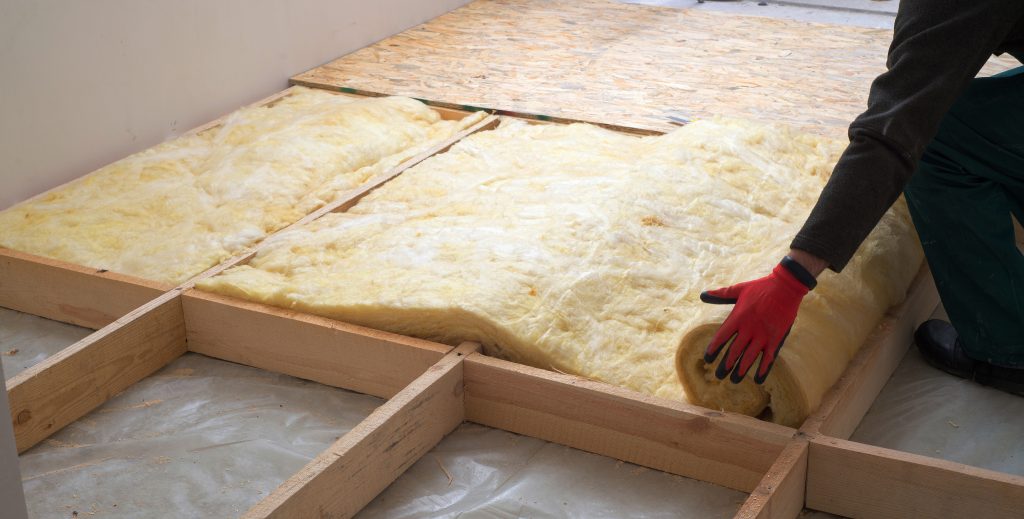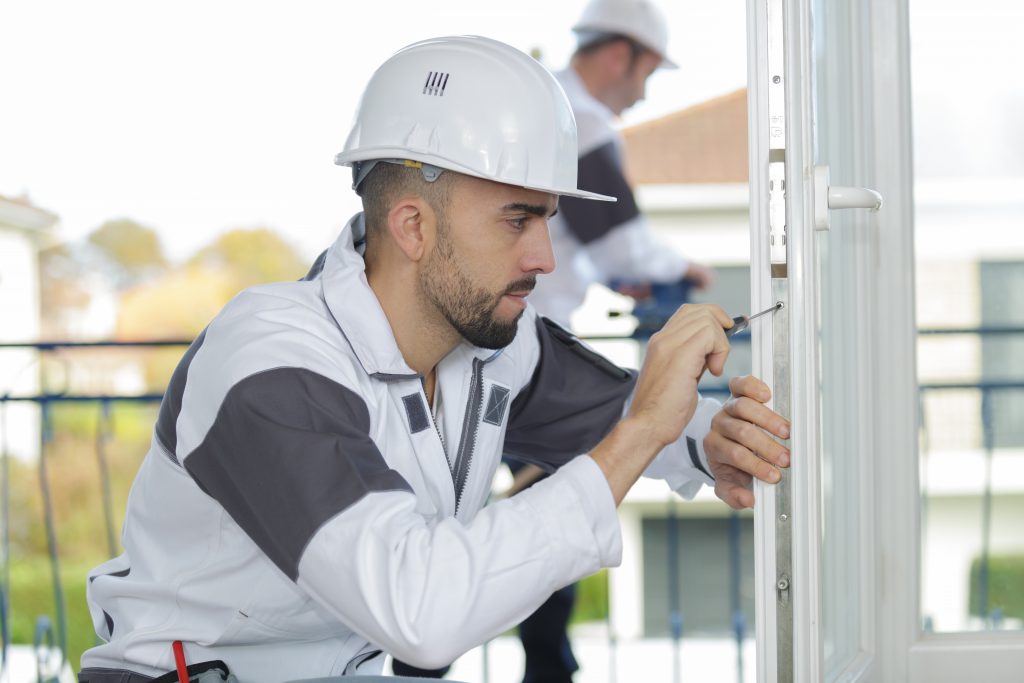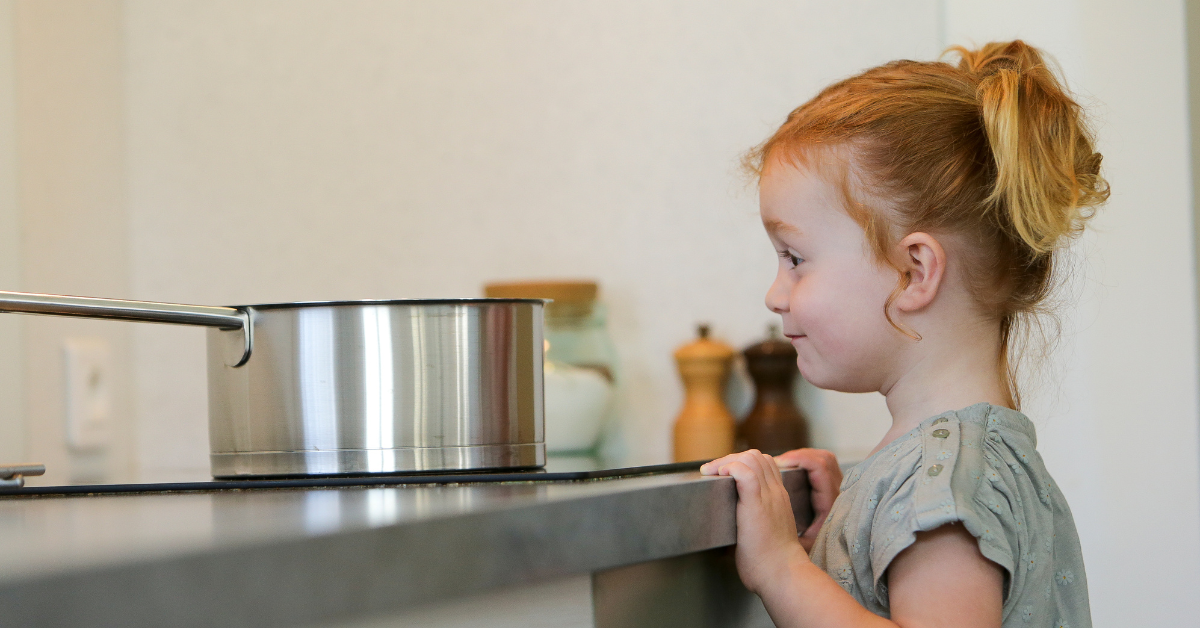As I’m writing this, the world’s leaders are gathered together for the COP26 Summit in Glasgow. The day’s opening event ‘Accelerating a Just and Inclusive Energy Transition’, speaks to a critical idea: People are at the heart of a just transition to clean energy.
And what is more central to people’s lives than the four walls that shelter them? Few things, perhaps no one thing, impact the quality of an individual’s life more than the quality of their home.
New research released recently does an excellent job – again – of laying out the evidence for action. And that’s frustrating.
The housing efficiency debate in Australia, to the extent that we have one, is like a microcosm of the entire climate and energy one in recent years. We know the damage being done. We know what the opportunities are. We know the huge costs of continuing inaction. And we know that those costs will fall disproportionately on some sections of our community.
This is, to borrow a phrase from the earlier days of the climate wars, our new inconvenient truth. As a nation we seem to lack the urgency that the situation truly requires.
We see that same sense of gridlock changing now with the overall debate on climate and clean energy. There has been a tipping point. So, when it comes to pushing hard for meaningful change around energy efficient housing, we have one big message.
Let’s get tipping.

What does the research tell us?
Research keeps telling us that improving the quality of a home will improve the quality of a person’s life. We have long since understood the correlation between energy efficient housing and a decrease in energy bills. More importantly, energy efficient homes are healthier and happier places to live.
The growth of renewable energy and energy efficiency measures has offered immense opportunities to reduce your home’s carbon footprint, lower energy bills and create a healthy home, but not all opportunities are created equally.
New homes are subject to an energy efficient 6-star rating scheme, which enforces significant energy efficient measures included in the building of a new home. The Australian Building Codes Board is currently reviewing the National Construction Code with the view to increasing requirement of a 6-star Nationwide House Energy Rating Scheme (NatHERS) home energy efficiency rating to a 7-star requirement, a change we strongly support but one that is not yet enacted and which remains vulnerable to lobbying efforts from those who would seek to defeat it. Opponents argue that such changes will increase red tape and drive up costs for those building new houses. They argue that consumers seldom ask for such energy efficient features and therefore don’t want them.
The evidence shows the contrary. Energy efficient homes save their owners money from day one, easily return the additional costs involved and are far more pleasant (and healthy) to live in.
This argument is going to play out in the weeks and months to come. We need to win it.
An even bigger challenge
If improving new homes is a priority, the current state of our existing housing is a raging fire alarm.
Our existing homes are wildly inefficient. Those energy efficient new homes mentioned above are rated at 6-stars (and we’re pushing for 7 ). This equates to a home where the year-round temperature, without heating or cooling, stays at or around a stable 23 degrees. By contrast, a tent – where the temperature inside is essentially the same as outside – would have a zero-star rating.
Think of that comparison when I tell you that 8 million existing Australian homes (the ones the vast majority of us live in) would have an average energy efficiency rating of between 1.5 and 1.7 stars, according to a recent report released by PowerHousing. Too many of these homes — our homes — are closer to a tent than to best-practice energy efficiency and comfort.
They are hot in the summer and cold in the winter, do not have proper insulation, double glazing, or draft reduction measures. They cost far more to run and use vastly more energy.
And it’s a huge problem for every single Australian, not just for those living in such housing. In the debate we’ve been having about climate change and the transition to a clean energy system we have repeatedly and consistently undersold both the size of the problem and the size of the opportunity here. We still treat energy efficient housing as a bolt-on or adjunct to the main energy game (arguing about competing emerging technologies and planning to add more electricity into the grid via huge new infrastructure investments that have the capacity to drive up the cost of energy for everyone).
But housing efficiency is the main game (or at least a huge part of it). In Australia, 40% of a home’s power consumption is used for heating and cooling. Our existing inefficient homes contribute 18-20% of Australia’s greenhouse gas emissions. That’s enormous.

It’s also deeply unfair
Often those living in inefficient homes are least equipped to make improvements. When commenting on the recent report, PowerHousing CEO Nicholas Proud made the point “Those people are paying the highest bills, proportionate to their wage, for the lowest type of conditions. And that’s got to change”.
What we are witnessing is a widening of the gap between those able to access energy efficient housing, either new or by retrofitting, and those who cannot. Structural barriers exist which limit access to such opportunities. Low-income households and renters are disproportionately affected, as they may not have access to the capital to install solar panels, upgrade inefficient appliances or transition to a less-costly fully electric home and therefore remain reliant on more expensive gas as an energy source.
Advocacy organisation Renew, supported by ECA’s Grants program, released a research report Households Better Off which finds that a 6-Star rated all electric home, without solar, saves $735 per year on energy bills. The evidence is clear, though, that those who would benefit most from a bill reduction cannot afford the infrastructure required. As a nation that values fairness but also badly needs to be smarter about the way we use and waste energy, it’s in all of our interests to address this.
The Victorian Government is investing in the electrification of social housing by upgrading to more efficient appliances to help address this disadvantage. We strongly encourage more initiatives of this kind.
Barriers to change
Why haven’t we tackled this problem already? Opponents of change – including some but not all elements of the building and real estate sectors – point to a lack of consumer demand for a task that (like the opportunity itself) will be large and which will require upfront investment.
When inspecting a home either to rent or buy are Australians able to access information about its energy efficiency and fold that information into their decision making? Almost never. We are strongly pushing for that to change.
A lack of information transparency for consumers provides a structural barrier limiting the ability to take advantage of energy efficiency upgrade opportunities. In addition, Environment Victoria’s Home Truths report shows that only 9% of surveyed real estate agents understood the energy star ratings of their properties. This lack of information provides a significant barrier for consumers.
We can’t expect consumer demand to lead this change in an information vacuum. We do know consumers want to pay less for energy. We know they don’t believe this should mean living in houses that are uncomfortable when it’s hot or cold. And we know that consumers will invest upfront if and when they clearly understand benefits will exceed costs over time (we are leading the world in adoption of rooftop solar, after all).
What needs to happen
Energy Consumers Australia is committed to working to drive change to achieve better outcomes for people in their homes. The ECA Grants Program is a vehicle to help drive change as it has funded numerous projects to help empower residential energy consumers. One of its most recent projects is to test just what consumers do want when the benefits and costs of energy efficient housing are fully and clearly outlined. We are supporting Renew to undertake research on consumer preferences and behaviours to build an evidence base that starts from consumer experiences and attitudes.
As a member of the Healthy and Affordable Homes coalition, ECA is working with housing and energy advocates to champion the issue of energy efficient housing inequity. We will be building on this important work in the coming months and we are intending to do all we can to bring a new sense of urgency to these matters, and to the decision points ahead that offer potential opportunities for real change.
We encourage anyone who is keen to help address these barriers and inequities to reach out and join with us. People are at the heart of our energy transition and all deserve to be able to live in healthy and affordable homes.


